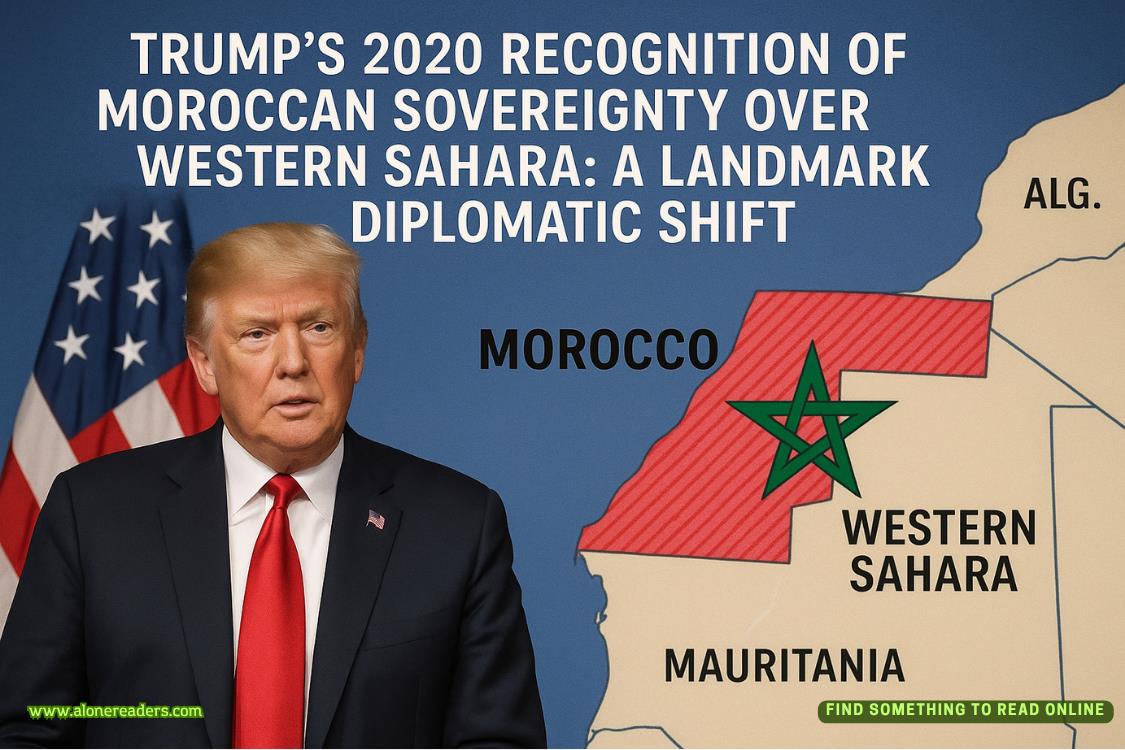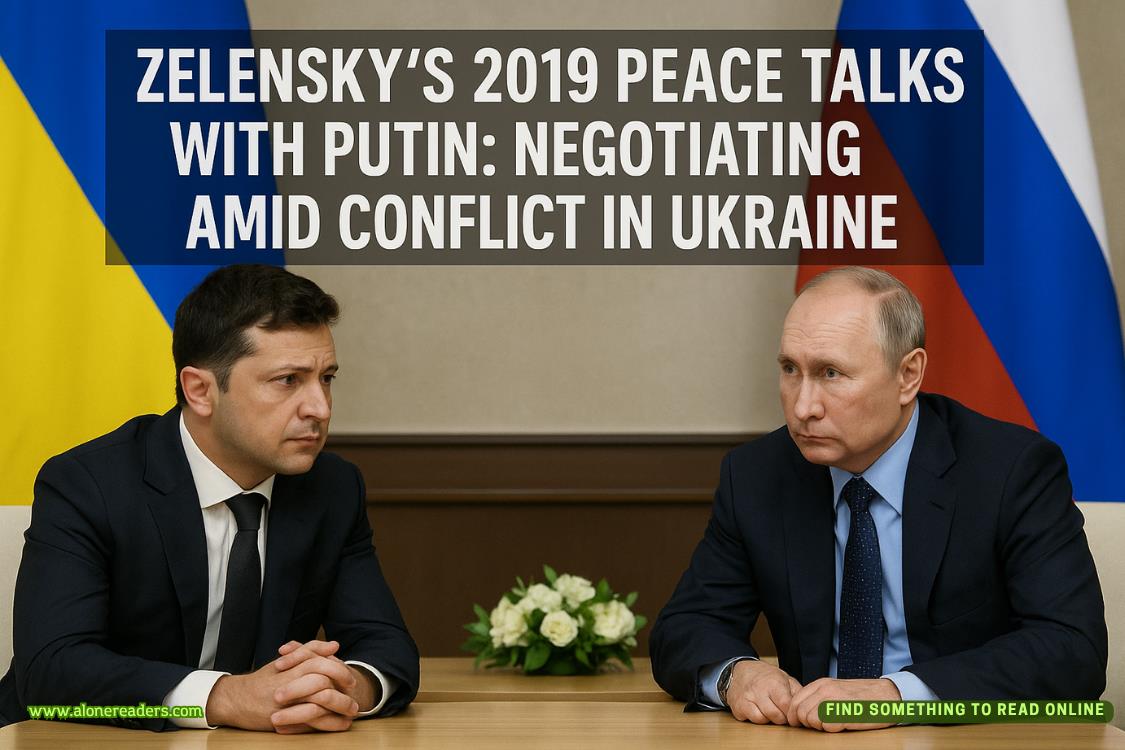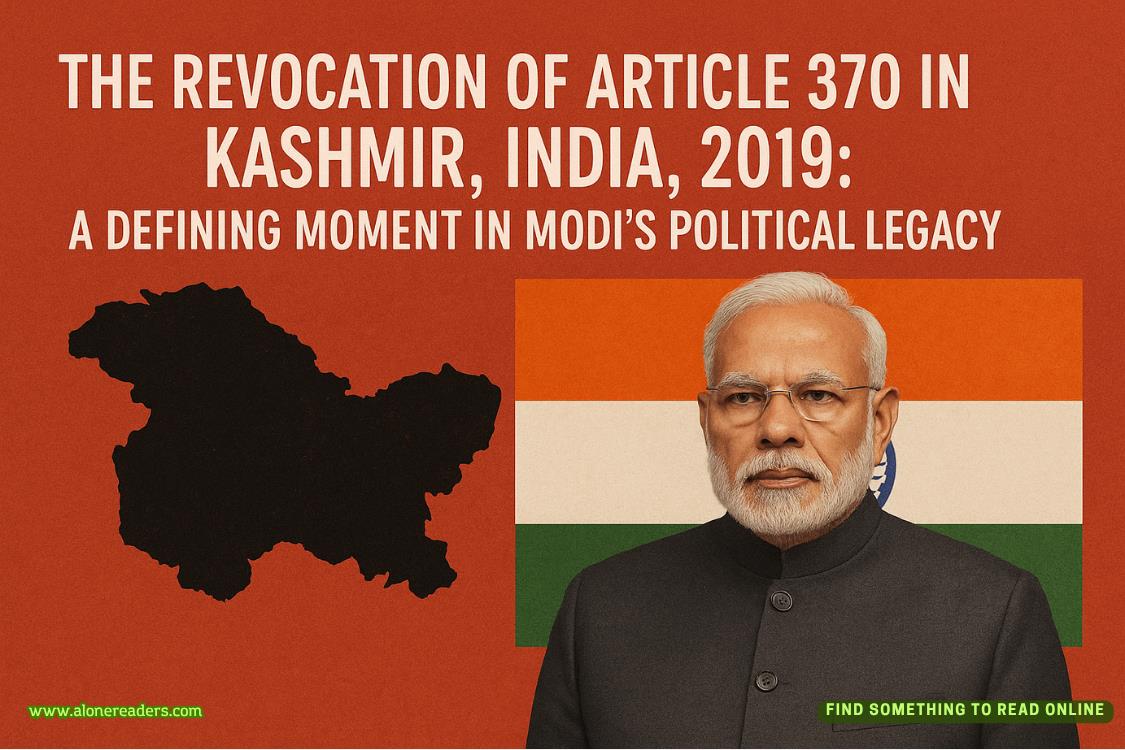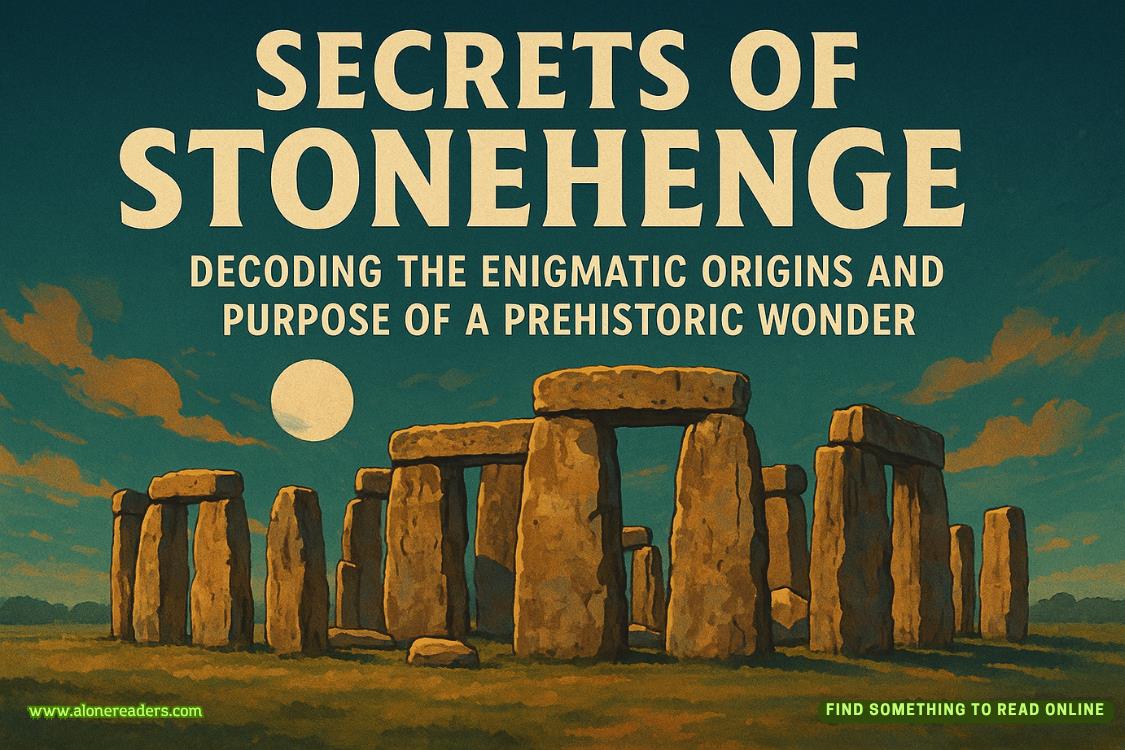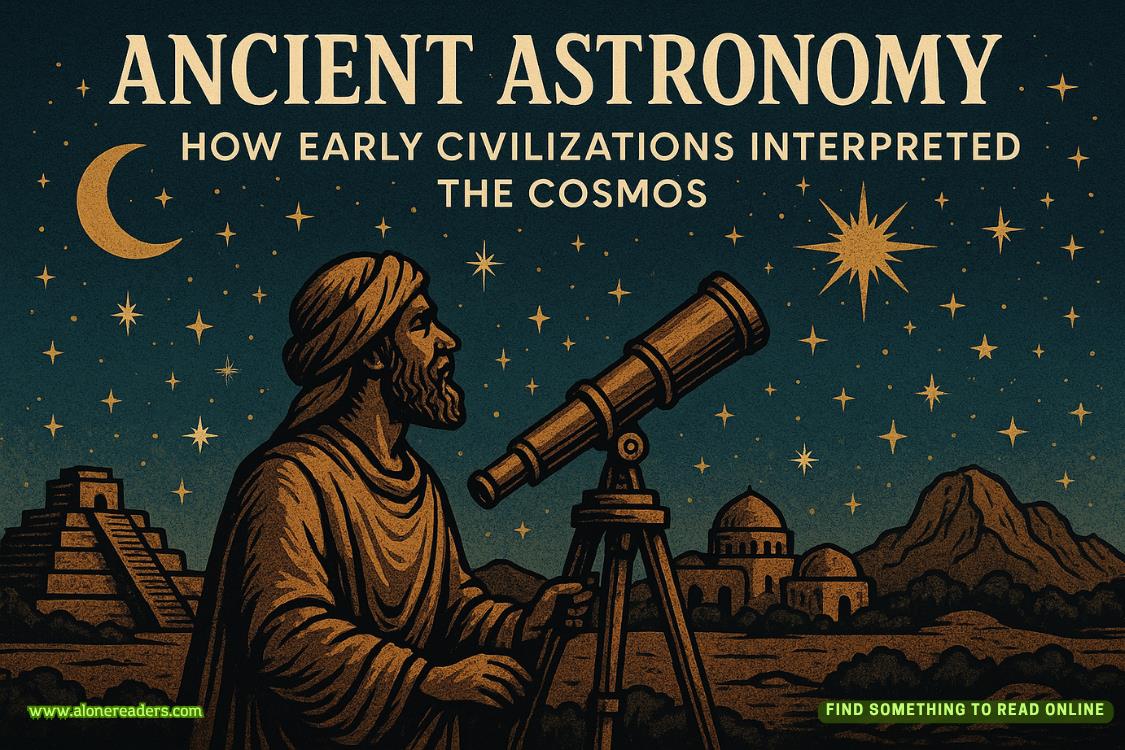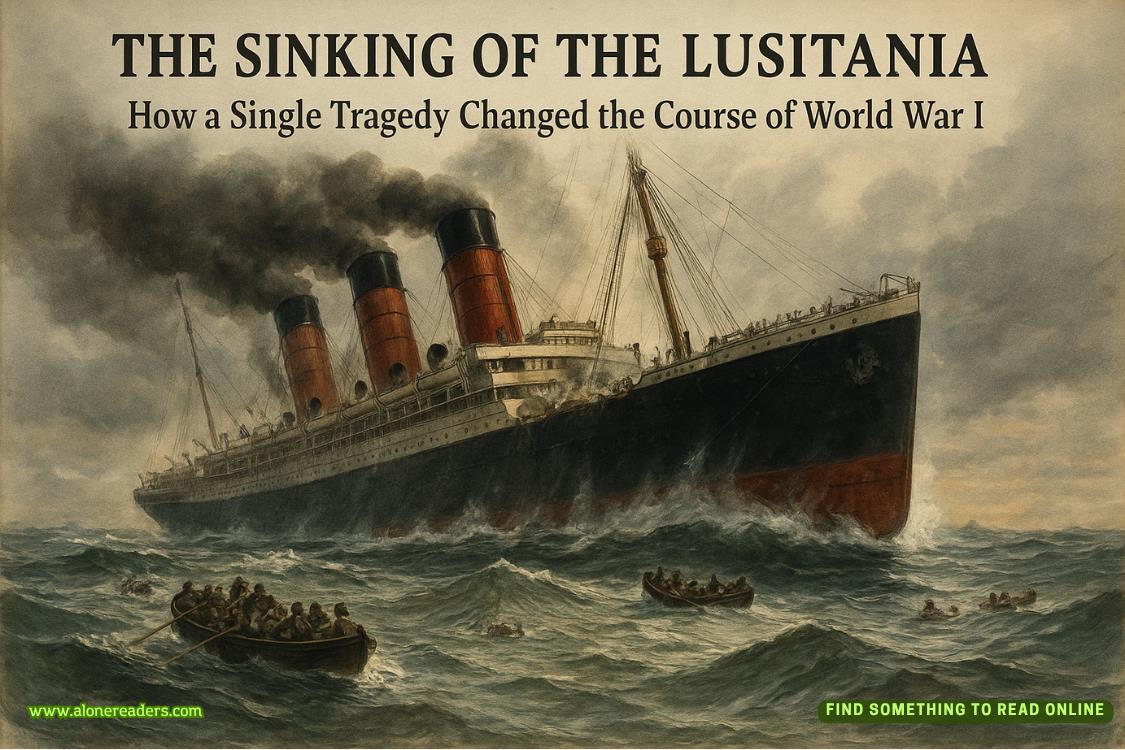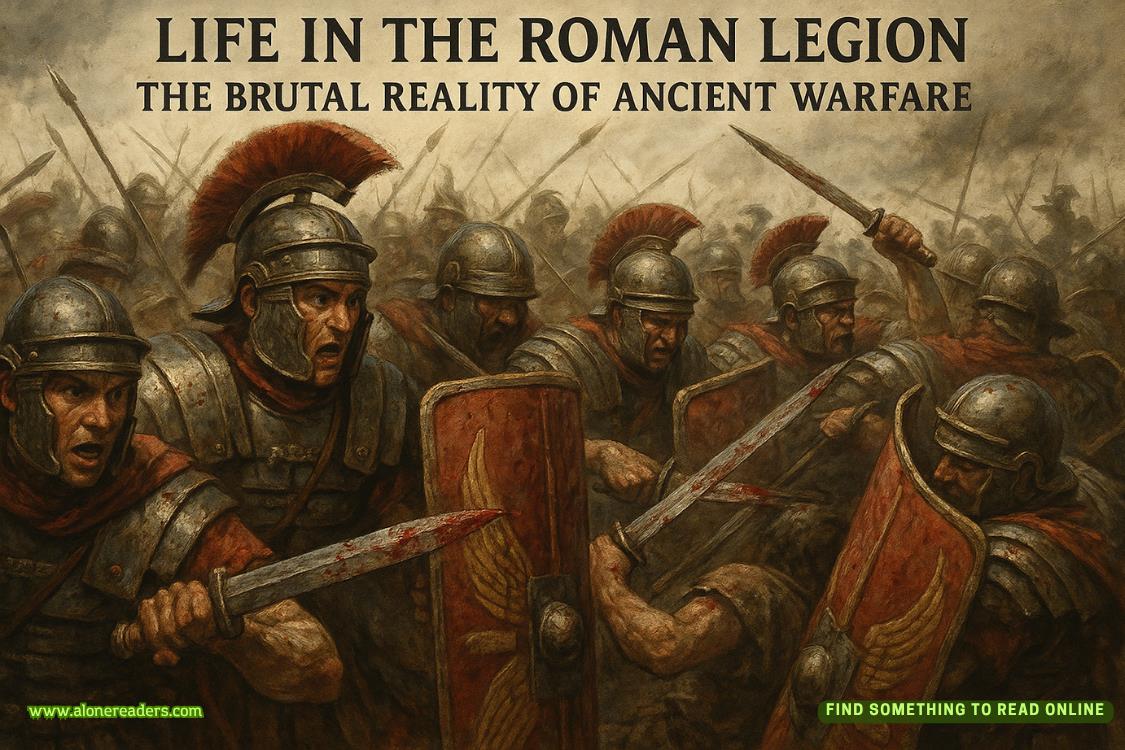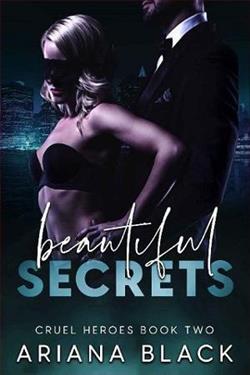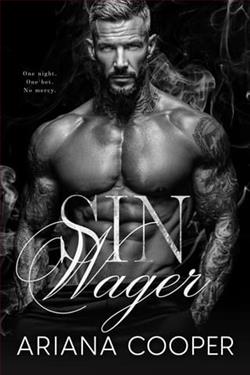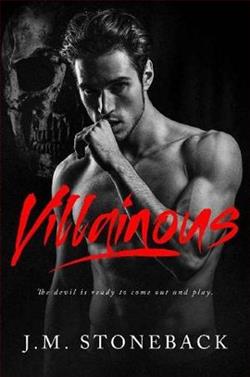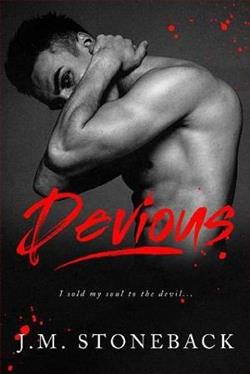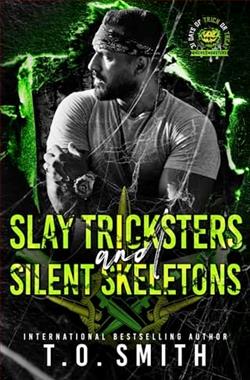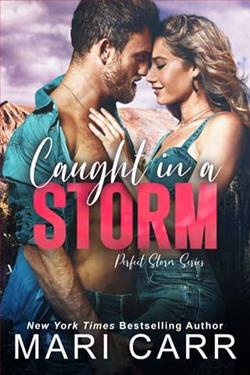Page 3 of The Texas Murders
Time slips forward and other cars have stopped. Paramedics are there. A police officer.
As strong arms lift her onto a stretcher, a cop asks, “What happened? Where have you been?” The voice urges her that if someone abducted her, the more she could tell them right now, the more likely they would be able to find the person responsible.
“They did this to me,” Isabella mutters, barely audible.
“What?”
“I can’t believe they did this to me,” she says, and begins to sob.
“Who?” the cop asks.
“You don’t know?” she says, looking at the cop’s confused expression.
The officer’s hand is poised over a notebook, ready to write down whatever she tells him.
But Isabella thinks of what she’s been through—and those responsible—and she decides in that moment to never speak of what happened.
Not to anyone.
No matter what.
PART 1
CHAPTER 1
Four years later
THE ARROW SOARS silently through the air and strikes the target a hundred yards away with athunk.
I lift my binoculars to see where the arrow hit.
Dead center.
Bullseye.
In my Texas Ranger uniform of shirt, tie, boots, and cowboy hat, I lean against the fence and watch as the woman nocks another arrow and draws back her bow. Even through the rustling noise of the small crowd, I can hear the creak of the bowstring. She stands poised, the muscles in her arms taut. The other competitors—all men—have been using modern compound bows with cams on the strings and peep sights to make aiming easier. They have wrist releases to draw back the string. But the woman, a Native American wearing auniform from the Ysleta del Sur Pueblo Tribal Police, has only an old hickory bow she pulls back with three fingers—and no sight to aim with except the tip of the arrow.
And yet she’s been cleaning up against all her competitors. They started shooting at forty yards and worked their way up to one hundred. She’s so far ahead in points that she could miss the target entirely and still win the competition.
She releases the arrow, and this one strikes dead center, too.
I applaud along with the small crowd gathered to watch. The woman takes no notice. She draws back her third and final arrow.
Her body is the picture of concentration. Spine arched. Right arm drawn back into a tight V. Left arm holding the bow as straight as the arrow she’s about to fire. Her hair is pulled into a single braid that runs down the length of her back. Her eyes squint ever so slightly. She holds the bowstring back by her jawline, touching the corner of her mouth with the tip of her forefinger. Then, in a fluid motion, she releases the tension on her fingers and lets her hand slide back, gently brushing her shoulder.
The arrow launches forward, cutting an arc through the air as it travels the length of a football field.
I hold my breath along with everyone else watching.
The arrow strikes the target, not only in the center area, but so close it seems to be touching the other two arrows. The only way she could have a tighter pattern is if she’d split the arrows like Robin Hood.
The crowd—not nearly as big as the demonstration oftalent deserves—applauds the woman. Her competitors, gracious losers, take turns shaking her hand to congratulate her. She nods her head politely. She doesn’t smile.
Over the PA system, a voice announces the winner.Ava Cruz.
I’m at the second annual Texas Law Enforcement Charity Shoot, a fundraising event held on a massive shooting range outside of San Antonio. Sheriff’s deputies, state troopers, highway patrol deputies, and Texas-based representatives from the FBI, ATF, and DEA are all here showing off their shooting skills to raise money for the Texas Fallen Officer Foundation.
I’m slated for the fast-draw competition.
